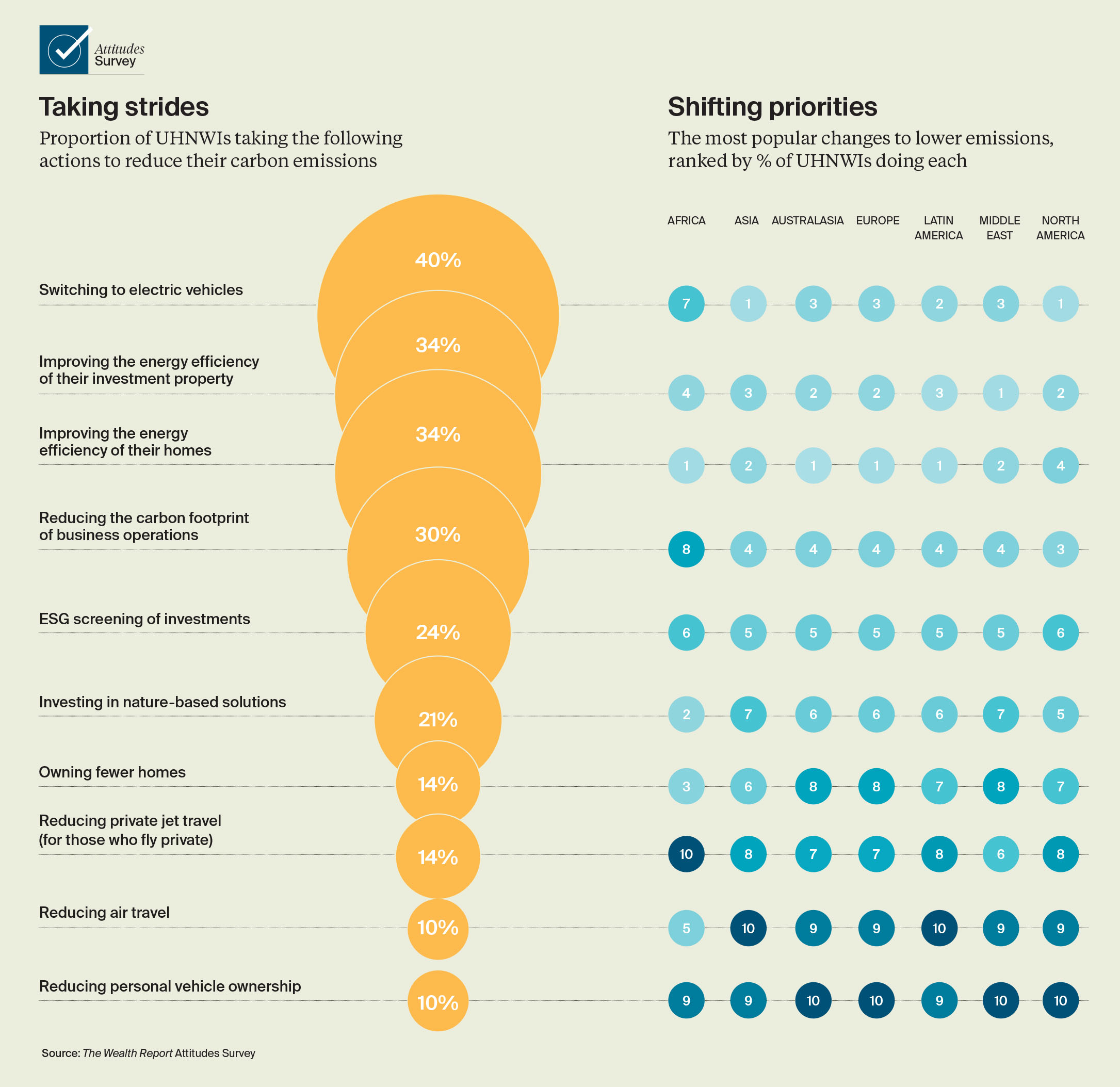Is ESG over?
Once the corporate buzz word, ESG has slipped out of focus of late. Flora Harley makes the case for bringing it back into the spotlight – and sets out a new framework for action
5 minutes to read
Everything Everywhere All at Once is both the title of the winner of the 2023 Oscar for Best Movie, and a neat summary of the current state of ESG.
Writing in The Wealth Report last year, Liam Bailey cited Hester Peirce, Commissioner on the US Securities and Exchange Commission, who in a speech as far back as 2020 described ESG as “broad enough to mean just about anything to anyone.”
The term, first coined in 2005 by the UN, was initially intended as a framework for measuring processes and outputs to drive transparency and accountability, ultimately ensuring that we achieve equitable sustainability. But somewhere along the line it’s got lost in translation.
In a year which saw the impacts of climate change writ large as we entered what one research report described as “uncharted climate territory”,1 the implications of this lack of focus have never been clearer. Amid growing politicisation and ever more negative coverage, how can we get ESG back on track, and convince UHNWIs – whose actions have disproportionate impact, and are also subject to most scrutiny – that they can make a difference while still pursuing their wealth goals?
Defining some broad focus areas – the REs to REimagine ESG, if you will – may help crystallise thinking and counter scepticism with a dose of tangible action. Here are five to get us started: REduce energy consumption, create more REnewable energy, REuse what we have, REstore nature and REengage stakeholders.
It’s important too to remember this is not about striving to tackle everything, everywhere all at once. As Voltaire said, “The perfect is the enemy of the good”. Action, however incremental, is always better than inaction and, when compounded, stands to make a real difference.
MIND THE GAP
Reducing emissions is the thread that runs through the five REs of ESG. As the impact of climate change intensifies, so does the spotlight on the wealth carbon footprint gap, whereby more prosperous nations, and indeed individuals, play an outsized role in emissions while developing countries bear the brunt of climate change.
A report by Oxfam and the Stockholm Environment Institute states that the richest 1% of the global population is responsible for more emissions than the poorest 66%. This gap is exacerbated as individuals create vast emissions, yet can shelter from climate change’s most damaging effects due to mobility and ability to pay.
Aside from their philanthropic endeavours, is there any evidence that wealthy individuals are endeavouring to change their habits and close the gap? In short, yes. According to our Attitudes Survey, almost two-thirds of UHNWIs are attempting to reduce their carbon footprint, while a fifth are trying to measure it.
“Wealthy families and UHNWIs have an increasing commitment to environmental responsibility,” notes Maryann Bell of Wingspan, a business designed to maximise family unity, business success and societal impact. She sees them “shifting lifestyles” but points out that this “actively requires intentionality”. Europeans are the most active, with three-quarters seeking to reduce their emissions, while those based in the Middle East are the least engaged, with 58% seeking cuts.

CHANGING LIFESTYLES
So what actions are UNHWIs actually taking? Let’s start with transport, where some 40% of UHNWIs are switching to electric vehicles (EVs). The International Energy Agency (IEA) predicts a yearly growth rate of 36% for EVs, and this rapid adoption will affect property owners and investors as charging facilities are increasingly sought in homes, offices and retail locations.
But not all transport is made equal: just 10% of UHNWIs plan to reduce air travel, while 14% intend to cut down on private jet use. “This is the hardest change as it has an efficiency and time element,” notes Bell. “But we are seeing a lot more conversations about offsetting that travel.” Change at an industry level is also making headway, with the first commercial transatlantic flight using reportedly sustainable aviation fuel taking off in November 2023.
Investment decisions and business operations are increasingly seen as tools for reducing emissions, with around a quarter of UHNWIs screening potential investments against ESG criteria. Wider adoption of ESG screening could mean more capital being directed to sustainable activities – and greater scrutiny over how businesses impact the planet. Reflecting this, 30% of UHNWIs are reducing the carbon footprint of their business operations. While family-run businesses often do not require outside capital and therefore have limited accountability mandates, ESG can still be business-critical. “Family businesses encapsulate and share family values,” says Bell. “Environmental and social responsibility is at the forefront of minds and being recognised and communicated as part of those values.”
Two of the top three actions for reducing emissions were improving the energy efficiency of homes and investment property. Looking ahead, we can expect more attention to be paid to lifestyle externalities and the carbon wealth gap. In a more transparent digital world, Bell points out, “there is no hiding”. Action – or lack of it – becomes more visible, and accountability more broad-based. We could also see governmental action: in January, Switzerland’s Young Socialists collected signatures for a national vote on a new tax on the wealthy to cover climate change costs.
Wealthy individuals will need to identify their sustainability goals, which are being driven particularly by the younger generations (see page 14 for more on this), and implement adjustments across all aspects of their lives to deliver these. As Bell muses, “it’s being elevated in the conversation, and whilst they may not be as good as they can be, they are trying and making active choices.”
1 https://academic.oup.com/bioscience/article/73/12/841/7319571
Download the full report here